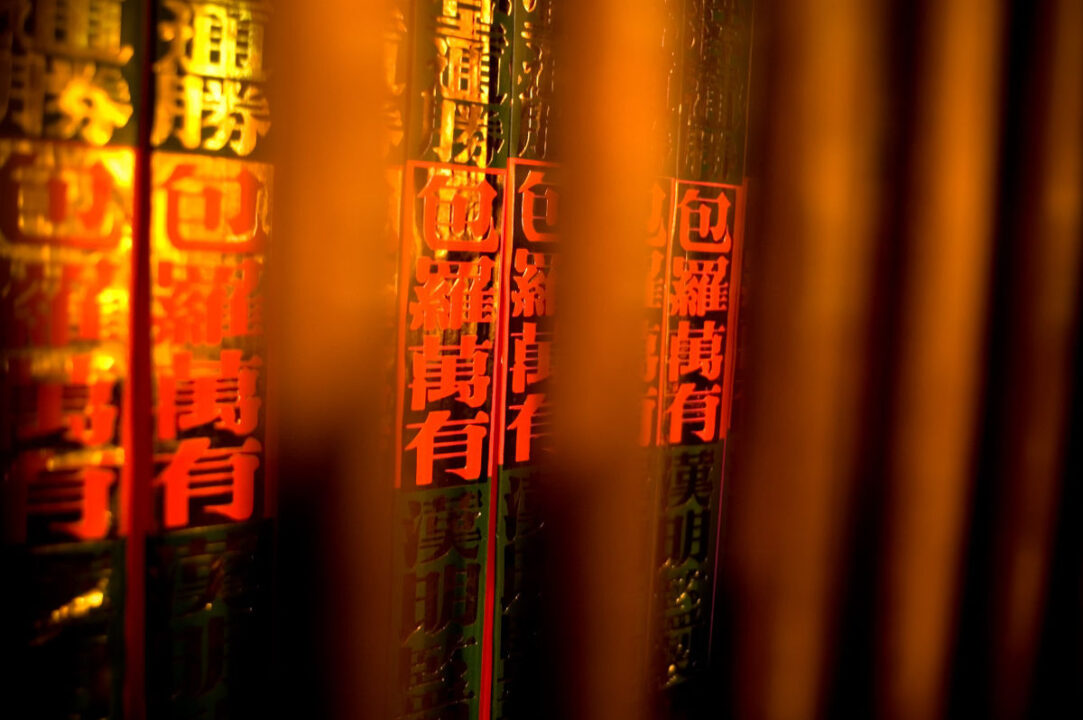What is a good day for us to get married? What is a good day for you to give birth? Or, what day is good to move homes? These are all questions that may be familiar to your household when big changes are about to take place.
To get the answers, local people in Hong Kong and mainland China turn to Tung Shing (通勝, tong sheng in Cantonese), a Chinese divination guide that’s also known as the Chinese almanac. This book provides Chinese calendar lucky days and guidance on the way we behave and how we plan to move forward into the future with the intent that our future will be blessed.
What is the Tung Shing?
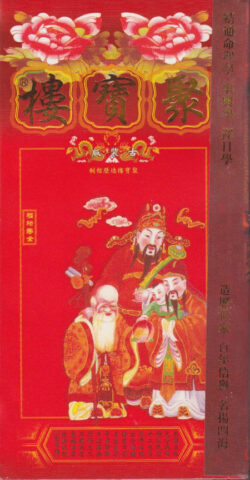
Tung Shing (sometimes referred to as 皇曆, “Huang li” in Mandarin, meaning almanac issued by the emperor) has been used for over a thousand years and is listed as an intangible cultural heritage in Guangdong. It contains information about the Chinese calendar, astrology, and various divination methods. It helps people make important decisions about their lives, such as choosing auspicious dates for weddings, starting new businesses, or moving into a new home.
The book also provides guidance on traditional Chinese festivals and holidays and predictions for the weather and natural disasters. Tung Shing is still widely used today in China and other parts of the world with Chinese communities, with many people nowadays referring to Tung Shing apps and websites rather than a physical book.
What is the history of the Tung Shing?
The Tung Shing is a divination guide originally created during the Tang Dynasty (618-907 AD), but has undergone numerous revisions and updates since then. It was created by Chinese astronomers and astrologers who were interested in predicting the movements of the stars and planets. They used their knowledge of astronomy to develop a system of divination that could be used to forecast future events and guide important decisions.
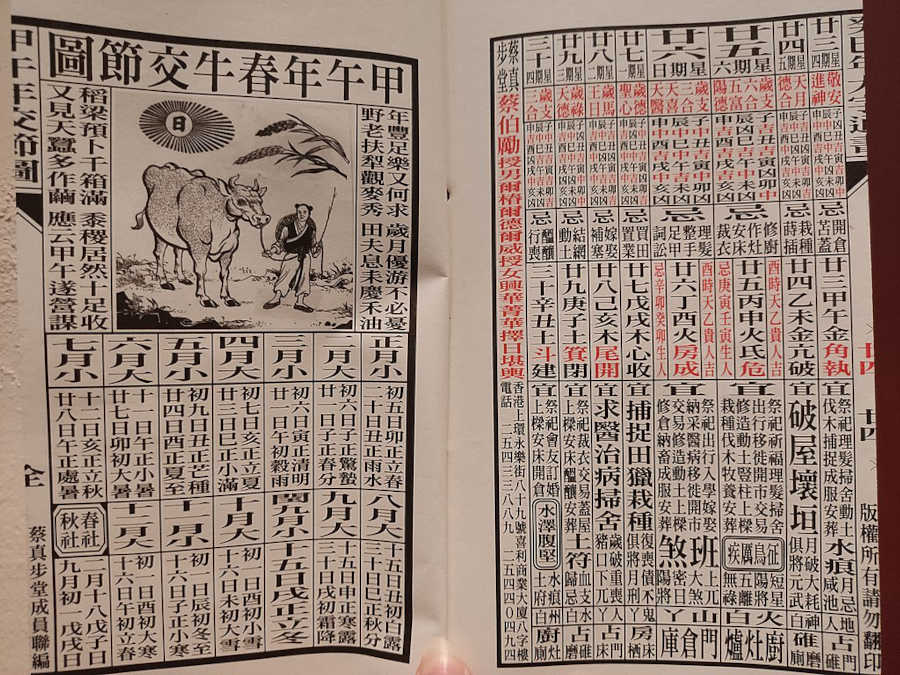
The name “Tung Shing” literally translates to “victorious in all things.” It was once known as “Tung Shu,” but shu in Chinese sounds like the word for loss, hence the name change. Tung Shing draws its foundation from the Chinese zodiac, which reflects the book’s origins in the study of astrology. The zodiac chart refers to the twelve animals that are associated with the Chinese calendar, with each animal representing a different year in a twelve-year cycle.
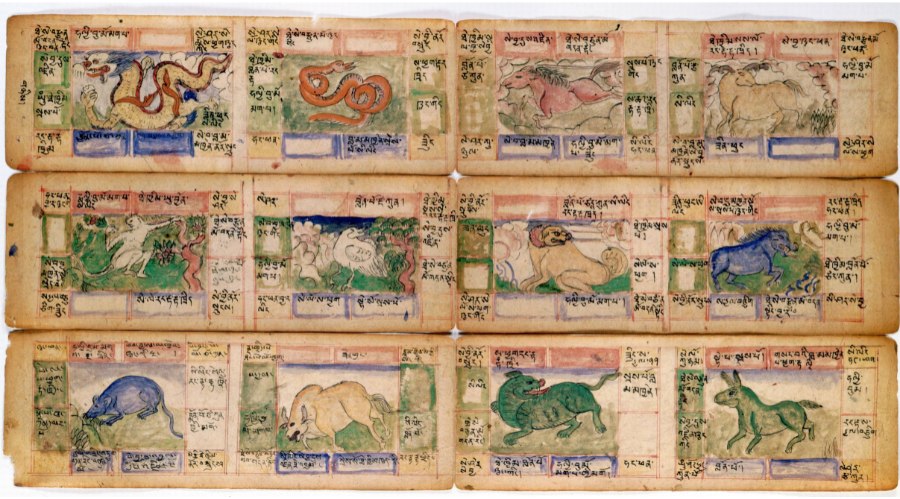
The Tung Shing uses the zodiac as a framework for its divination system, with each animal sign corresponding to specific personality traits, lucky numbers, and auspicious days and times for different activities. Despite modern advances in technology, many people throughout Hong Kong and the Chinese diaspora still prefer to turn to traditional means of consulting.
What are the Four Pillars of Destiny?
The Four Pillars of Destiny (四柱推命, sei chyu teui ming in Cantonese), also called Ba-Zi (meaning “eight characters”, is a Chinese astrological system that uses a person’s birth date and time to determine their destiny and potential in life. The system is based on the principles of Chinese astrology and is often used in fortune-telling, personal growth, and relationship analysis.
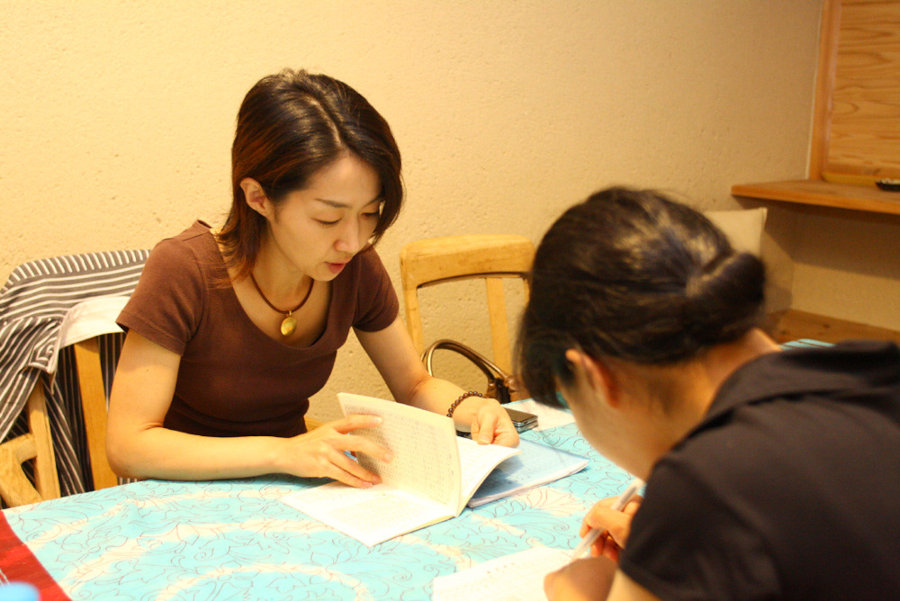
The Four Pillars of Destiny is based on four different aspects of a person’s life: the year, month, day, and hour of birth. Each pillar is associated with a heavenly stem and an earthly branch, which combine to form a unique chart that reflects a person’s personality traits and potential future events in their life.
Together, the astrological information about individuals (that is, those involved in the significant event) from the Four Pillars of Destiny and the information about lucky dates in the Tung Shing help guide people in their important decision-making processes.
What is the Tung Shing used for?

Over the centuries, the Tung Shing has become an essential part of Chinese culture, with many people consulting the book for guidance on important decisions and events. It’s divided into sections based on the Chinese calendar, with each day of the year given a specific set of auspicious and inauspicious times for different activities. Here are several things that people in mainland China and Hong Kong use the Tung Shing for:
Feng shui
Many people in mainland China and Hong Kong use Tung Shing to determine the most favourable locations and orientations for buildings, furniture, and other objects in the home based on the principles of feng shui.
Choosing auspicious dates

Tung Shing is often used to choose auspicious dates for important events like lucky wedding dates, lunar calendar lucky days for business ventures, and the best days for moving into a new house. It provides information about the ideal dates and even times to initiate these activities, based on the position of the planets and other astrological movement.
Zodiac signs
Tung Shing provides information about the 12 zodiac signs and their characteristics, and also tells people what their zodiac sign is based on their birth year. This can help not only in interpreting the individual’s characteristics and strengths, but also in analysing and improving relationships.
Traditional festivals
The Tung Shing gives details about the dates of traditional festivals and the customs and practices associated with them.
Header image credits: Charles Chan via Flickr


